15 Cool-Season Annuals That Keep Beds Colorful Through Fall
Fall doesn’t have to mean the end of beautiful flowers in your garden. By choosing the right cool-season annuals, you can keep your beds full of color well into the cooler months. These plants thrive in the crisp air and lower temperatures, making them perfect for the fall season. From striking hues to delicate blooms, there is a variety to suit every garden style.
This post may contain affiliate links, which helps keep this content free. Please read our disclosure for more info.
Pansies
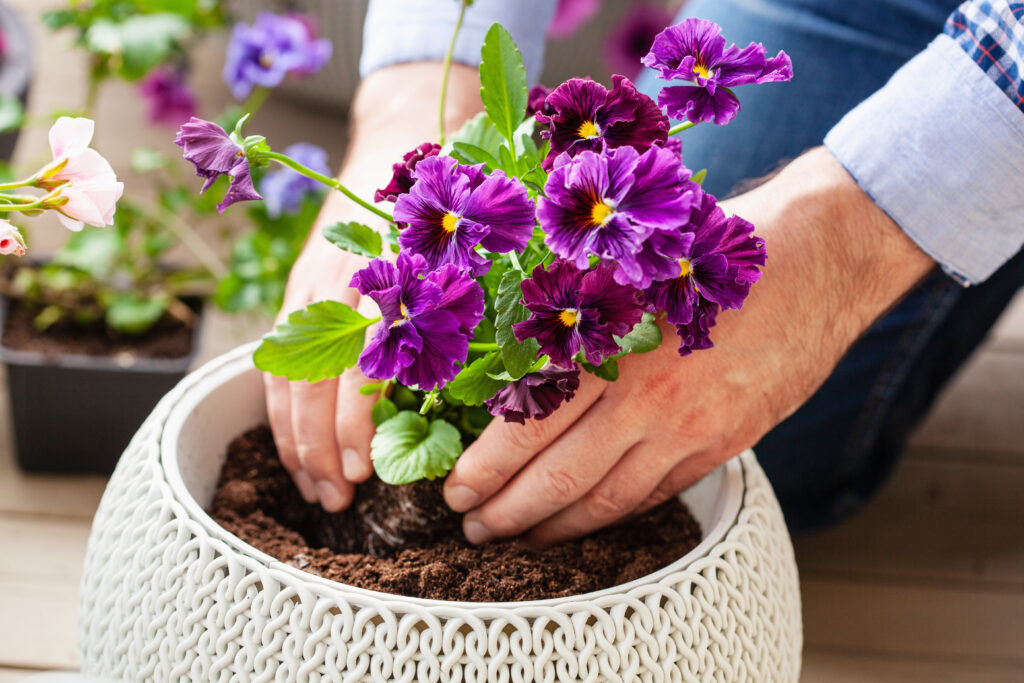
Pansies are known for their bright, cheerful colors and ability to withstand cooler temperatures. These annuals are perfect for adding a burst of color to your garden, even when the weather starts to cool. They come in various shades, including purple, yellow, white, and orange, making them highly versatile. Pansies thrive in full sun to partial shade and are a great choice for borders, containers, or hanging baskets.
They can tolerate light frost, which makes them ideal for fall planting. Their blooms can last through the cooler months, brightening up your garden when other flowers start to fade. Pansies do well in well-drained soil and benefit from regular watering. They are easy to grow, making them a favorite for gardeners looking to keep their beds vibrant through fall.
Snapdragons

Snapdragons are hardy, colorful flowers that add height and texture to any garden bed. These plants bloom in a range of colors, from soft pastels to bold reds, and continue to thrive in cooler temperatures. Snapdragons are perfect for adding vertical interest, as their tall stems create a striking backdrop for other plants. They perform best in full sun but can tolerate some shade in warmer climates.
They are relatively low-maintenance and can handle light frost, making them ideal for fall gardens. Snapdragons also attract pollinators like bees and butterflies, adding even more life to your garden. Regular deadheading encourages more blooms, ensuring that your garden stays colorful through the fall months. These plants work well in flower beds, containers, and even as cut flowers.
Violas
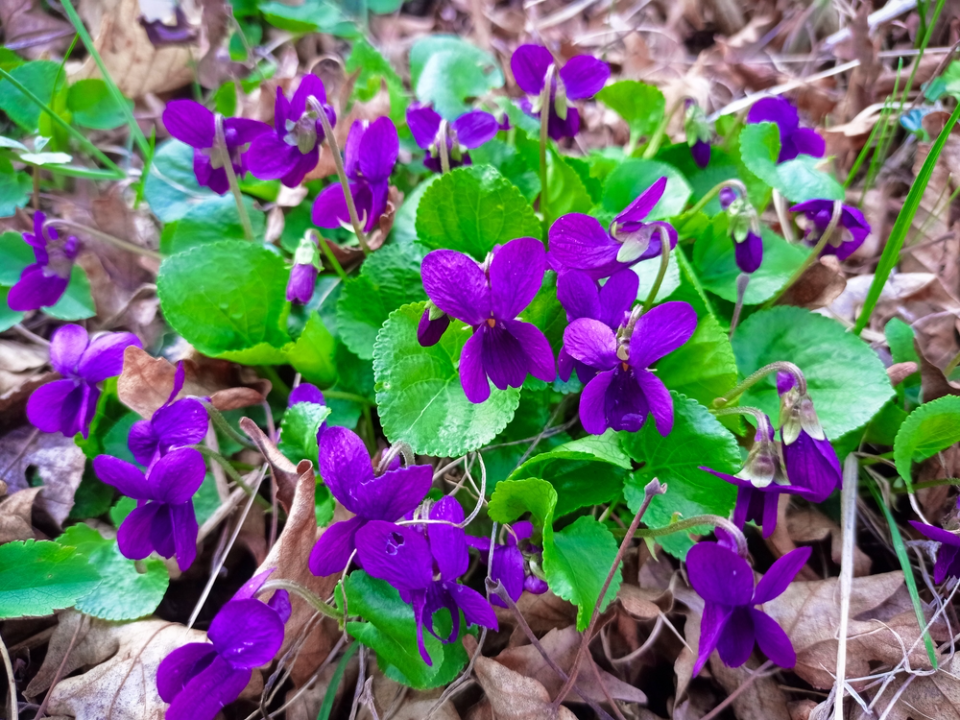
Violas are closely related to pansies, but they tend to have smaller flowers and a more compact growth habit. They come in a wide variety of colors, including deep purples, blues, and yellows. Violas are perfect for adding a soft touch to your garden and work well in both containers and garden beds. They are low-growing and provide excellent ground cover, making them an ideal addition to fall plantings.
These flowers are known for their ability to bloom even in cool, wet conditions. They are also highly resistant to light frosts, allowing them to continue flourishing well into the fall. Violas prefer well-drained soil and moderate sunlight. Regular watering helps them remain vibrant, but they should not be overwatered, as this can cause root rot.
Calendula
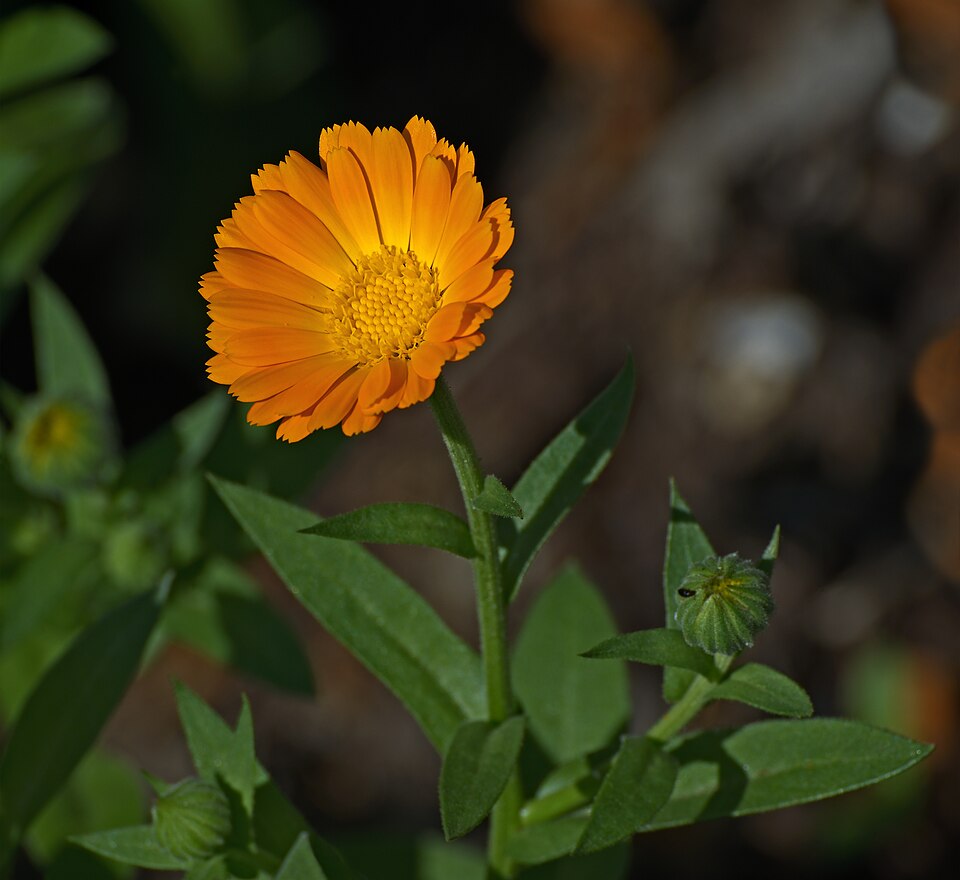
Calendulas are bright, cheerful flowers with daisy-like blooms that add warmth to any garden. These annuals come in shades of yellow, orange, and gold, making them perfect for fall gardens. They are hardy and can withstand cooler temperatures, often continuing to bloom until the first frost. Calendulas do well in full sun and thrive in well-drained soil, making them easy to care for.
These flowers are known for their medicinal properties and have been used in various skin-care products. Calendulas are also great for attracting pollinators like bees and butterflies, adding life and movement to your garden. They are low-maintenance and can be grown in containers or flower beds. Deadheading spent flowers encourages a longer blooming period, keeping your garden colorful throughout the fall.
Chrysanthemums
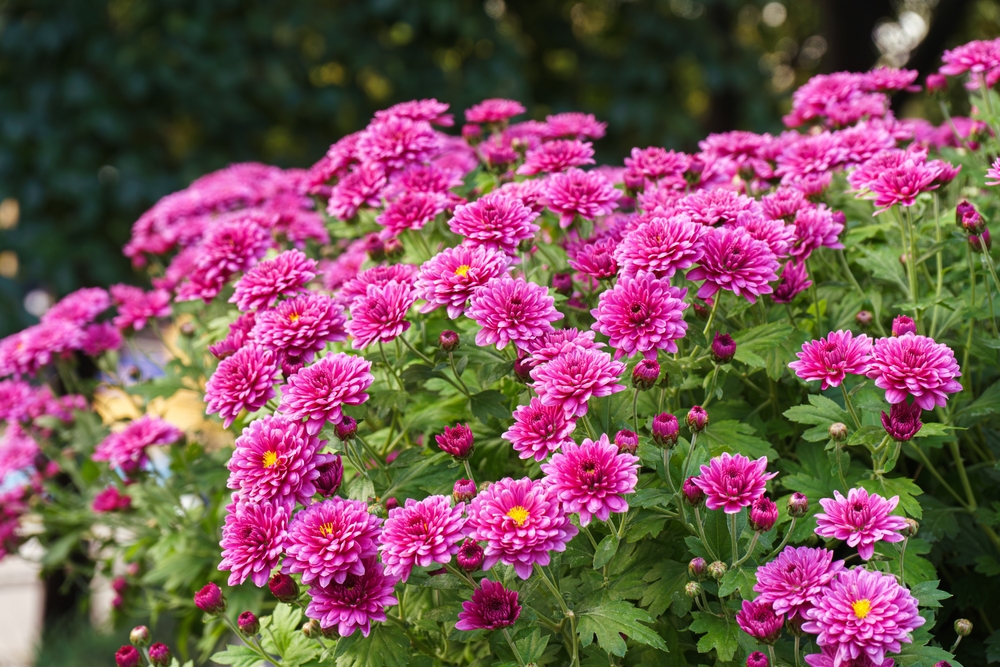
Chrysanthemums, or mums, are the quintessential fall flower, known for their vibrant blooms and long-lasting color. These flowers come in a variety of shapes and colors, including red, yellow, orange, and white. Mums thrive in cooler temperatures, making them ideal for fall gardens. They grow best in full sun and well-drained soil, with regular watering to keep them looking their best.
Chrysanthemums can tolerate light frost, allowing them to bloom well into the fall. They are excellent for adding color to flower beds, containers, and even hanging baskets. Mums are also popular as ornamental plants in landscaping, often used to frame walkways or highlight entryways. They are relatively easy to care for, requiring occasional deadheading to prolong blooming.
Ornamental Kale

Ornamental kale is a unique cool-season annual that adds both color and texture to fall gardens. Unlike edible kale, ornamental varieties are grown purely for their colorful foliage, which ranges from white to purple and green. These plants have a rosette shape, with ruffled, vibrant leaves that resemble flowers. Ornamental kale thrives in cooler temperatures and can withstand light frost.
This plant works well as a border plant or in containers, where its colors can be fully appreciated. It prefers full sun to partial shade and does best in well-drained soil. Ornamental kale is a low-maintenance plant that adds interest and depth to garden beds during the fall months. Regular watering helps keep the foliage looking fresh and vibrant.
Lobelia

Lobelia is a cool-season annual that offers a beautiful cascade of tiny, vibrant flowers. These plants typically bloom in shades of blue, purple, and white, adding a soft yet striking color to garden beds. Lobelia grows well in both sun and partial shade, making it versatile for various garden settings. It is often used as a trailing plant, perfect for hanging baskets or cascading over the edges of containers.
Lobelia thrives in cooler temperatures and can tolerate light frosts. It prefers consistently moist soil, so regular watering is essential to keep the plant healthy. Deadheading spent blooms encourages continuous flowering, ensuring that your garden stays colorful through fall. These plants attract bees and butterflies, further enhancing the natural beauty of your garden.
Sweet Alyssum
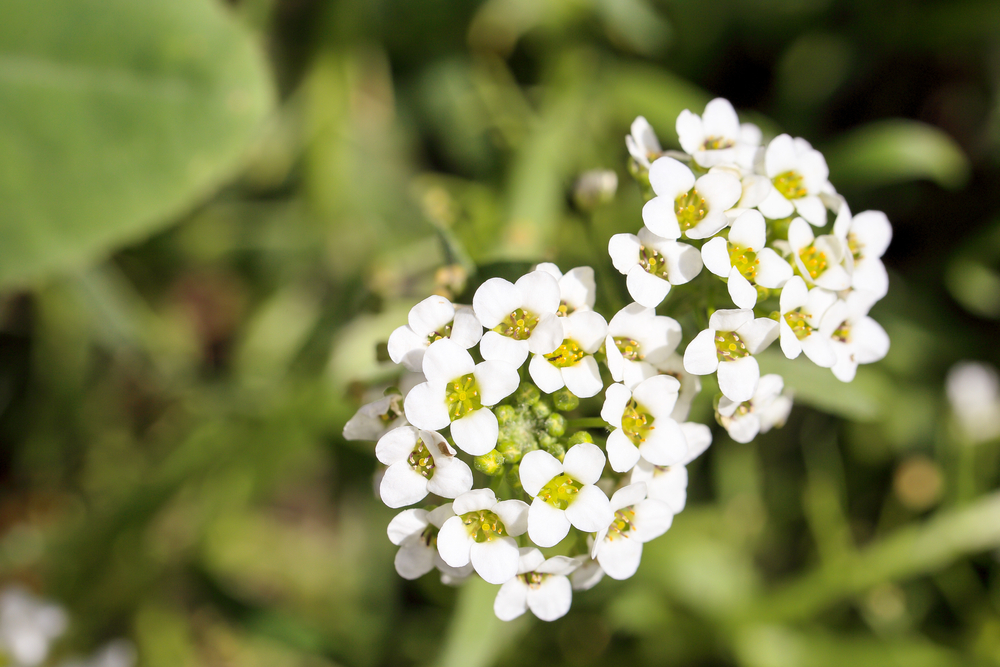
Sweet alyssum is a fragrant and low-growing annual that adds a delicate touch to fall gardens. It blooms in shades of white, purple, pink, and lavender, and is often used as a ground cover or filler plant. Sweet alyssum performs best in full sun to partial shade and prefers well-drained soil. It is ideal for edging garden beds or filling in spaces between larger plants.
This plant is known for its sweet fragrance, which attracts pollinators like bees and butterflies. Sweet alyssum thrives in cool temperatures, continuing to bloom through the fall months. It is easy to grow and requires minimal care, making it a favorite among gardeners. Regular watering and deadheading will help keep the plants looking neat and encourage longer blooming.
Dusty Miller
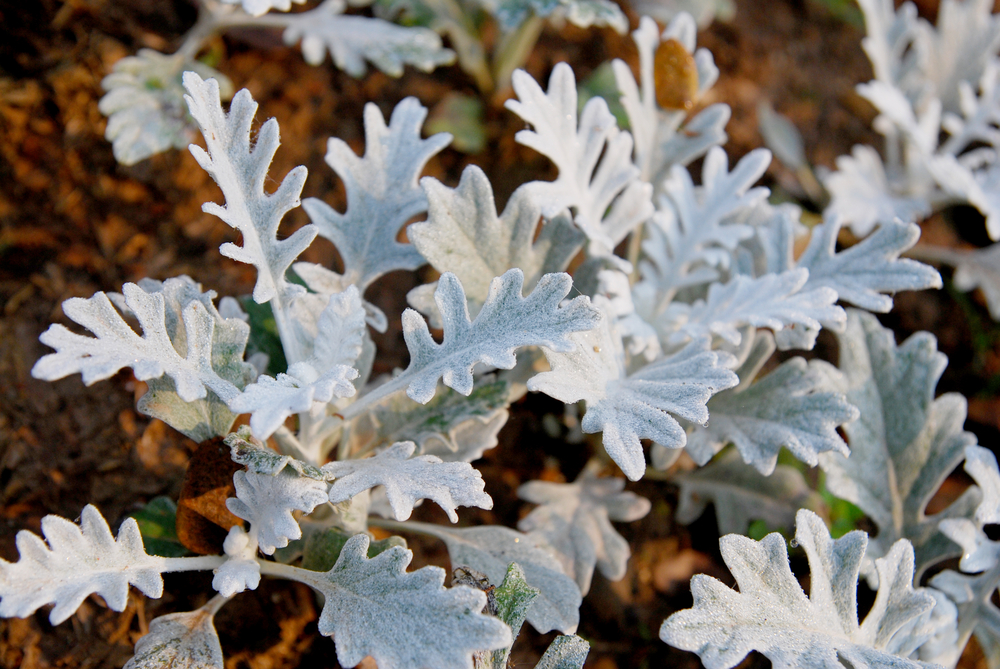
Dusty Miller is an elegant and hardy annual that adds silver-gray foliage to your garden. While its flowers are small and yellow, it is primarily grown for its striking, silvery leaves, which provide a lovely contrast to other plants. Dusty Miller thrives in cooler temperatures, making it an excellent choice for fall gardens. It grows best in full sun and well-drained soil, where its silvery foliage can shine.
This plant is often used as a border or filler, adding texture and contrast to flower beds. Dusty Miller is low-maintenance, requiring only occasional watering and light pruning to keep it looking tidy. It pairs well with other cool-season annuals, enhancing the overall aesthetic of your garden. This plant can also be grown in containers, where it adds a touch of elegance to patios and decks.
Cyclamen

Cyclamen is a cool-season annual that blooms in rich colors such as pink, red, and white. Known for its unique, upward-facing flowers, cyclamen adds an elegant touch to fall gardens. These plants thrive in cool temperatures, making them perfect for late-season plantings. Cyclamen does well in partial shade and prefers moist, well-drained soil.
Cyclamen can tolerate light frosts, extending its bloom time into the cooler months. It works well as a border plant or in containers, where its flowers can be easily appreciated. Regular watering is essential to keep the soil moist, but cyclamen should not be overwatered. This plant adds a touch of charm to your garden, offering a quiet beauty through the fall season.
Dianthus
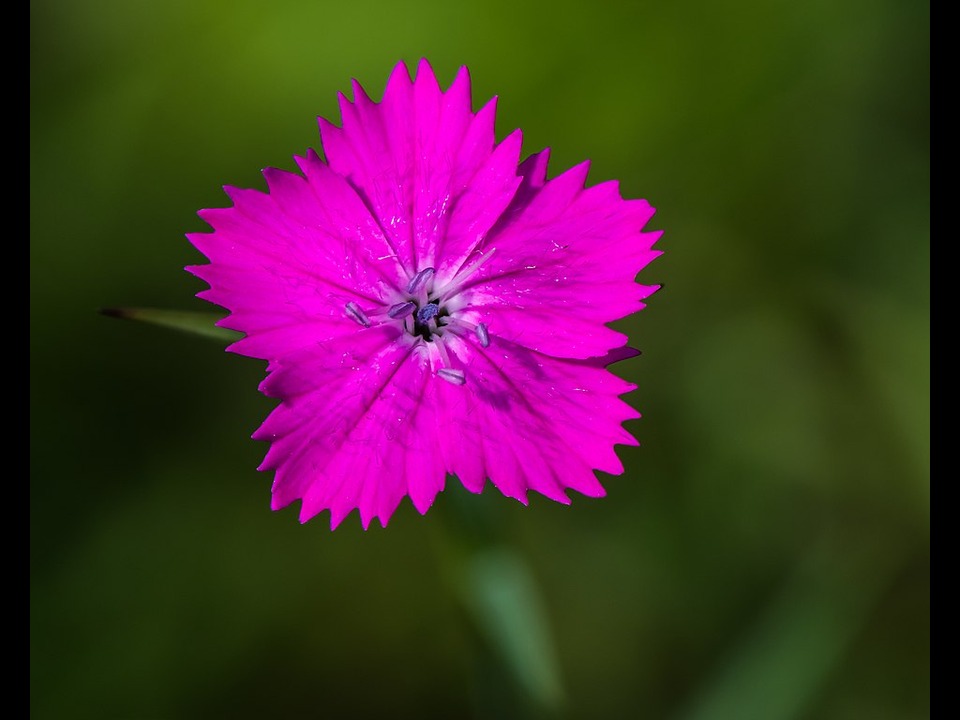
Dianthus is a hardy annual that thrives in cooler temperatures, making it an excellent choice for fall gardens. Known for its frilled, carnation-like flowers, dianthus blooms in a variety of colors, including pink, red, and white. It grows well in full sun and prefers well-drained soil. Dianthus can be used as a border plant or in containers, where it can add a touch of color to your garden.
This plant tolerates cooler weather and can continue to bloom into the fall months. Its strong fragrance also attracts pollinators like bees and butterflies, making it a great addition to any garden. Dianthus is relatively low-maintenance and requires regular watering to keep it looking fresh. With its vibrant colors and sweet scent, dianthus is a wonderful way to keep your garden blooming through the cooler months.
Iceland Poppies

Iceland poppies are known for their delicate, papery petals and vibrant colors, ranging from yellow to orange to red. These cool-season annuals are perfect for fall gardens, as they thrive in cooler temperatures. They grow best in full sun and well-drained soil, where their bright flowers can stand out. Iceland poppies work well as a border plant or in containers, where they can add a splash of color to your garden.
These flowers are hardy and can tolerate light frost, allowing them to bloom well into the fall. Their unique petals and long stems make them an excellent cut flower as well. Iceland poppies require regular watering but should not be overwatered, as this can lead to root rot. With their bold colors and graceful appearance, these flowers bring an extra touch of beauty to fall gardens.
Sweet Peas
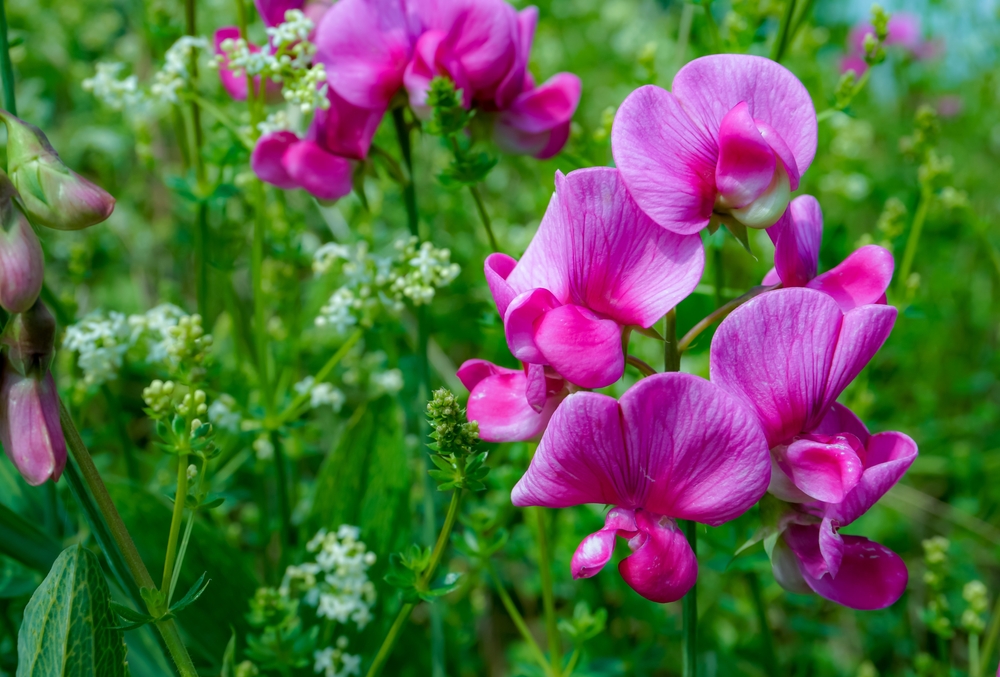
Sweet peas are climbing annuals that add a touch of elegance and fragrance to your garden. These flowers bloom in a range of colors, from soft pastels to deep purples and reds. They thrive in cooler temperatures, making them a great choice for fall plantings. Sweet peas grow best in full sun and well-drained soil, and they can be grown in both flower beds and containers.
These plants are known for their sweet fragrance, which fills the garden during the fall months. Sweet peas are climbing plants, so they work well with trellises or fences, adding vertical interest to your garden. They require regular watering to keep their soil moist, but should not be overwatered. With their vibrant colors and delightful scent, sweet peas are a wonderful addition to any fall garden.
Foxgloves

Foxgloves are tall, elegant plants that bring a dramatic touch to fall gardens. Their tubular flowers, which bloom in shades of purple, pink, and white, create a striking contrast against other plants. Foxgloves thrive in cooler temperatures and do well in both sun and partial shade. They grow best in well-drained soil and can be planted in flower beds or containers.
These plants can tolerate light frosts, allowing their blooms to last through the fall season. Foxgloves are also known for attracting pollinators like bees and hummingbirds, making them a great choice for eco-friendly gardens. They require regular watering, but the soil should be well-drained to prevent waterlogging. With their tall stems and vibrant flowers, foxgloves add a dramatic and colorful presence to fall gardens.
Cineraria
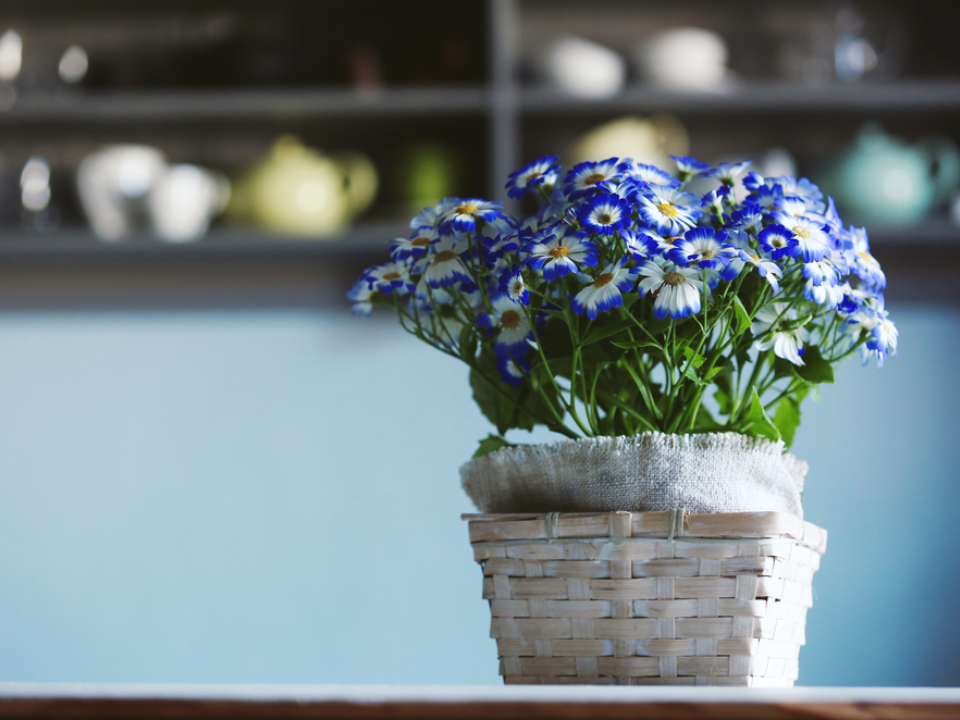
Cineraria is a cool-season annual that blooms in vibrant colors, including purple, pink, and white. These plants are perfect for adding color to your garden during the cooler months. Cineraria grows well in partial shade, making it ideal for areas with dappled sunlight. It prefers moist, well-drained soil and should be watered regularly to keep it looking fresh.
These plants can tolerate cooler temperatures and light frost, making them a great option for fall gardens. Cineraria’s bright, daisy-like flowers make it a cheerful addition to flower beds and containers. Deadheading spent blooms encourages a longer blooming period, keeping your garden colorful throughout the fall months. Their vibrant colors and unique flowers make them a favorite among gardeners.
This article originally appeared on Avocadu.
